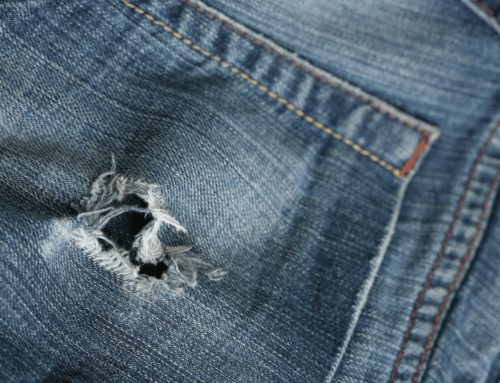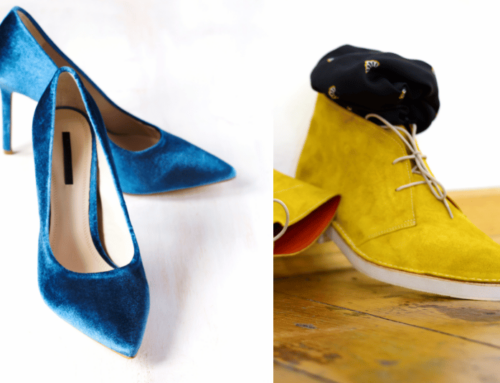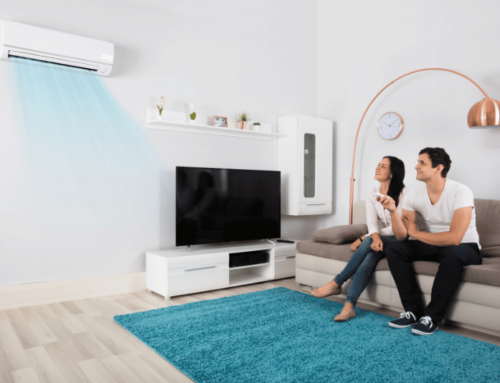How to Get Sharpie off Whiteboard

Several people who have utilized a dry-erase board know special whiteboard markers are required for writing on them. Furthermore, a human mistake is always possible, as permanent markers can look comparable to their dry-erase equivalents. It can lead to misinterpretation, which is especially problematic because getting the sharpie off a whiteboard is not easy.
Thankfully, you can get it off the whiteboard. While extra effort will be required, these marks can still be removed with a dry eraser and some other methods. If this happens to you, don’t worry; there are several easy ways to restore your board to its original condition.
Using a Dry Erase Marker
If you want to draw across the permanent ink, a dry-erase pen is your best choice. Make sure the dry-erase marker contains sufficient ink and that you cover the marks fully. Whatever shade of dry-erase marker you choose will do the job.
Use a clean wipe board eraser or a damp cloth to remove the ink. The dry-erase marker and the permanent marker should be effortlessly erasable. This is due to the non-polar solvent used in both permanent and dry-erase markers. The dry-erase marker’s solvent will break down the permanent marker, allowing it to peel off the board.
If the board isn’t completely wiped clean, repeat the procedure. The removal of the marker may require more than one try. The dry-erase marker is more productive than a dry-erase cleaning solution because the solvents in the cleaning solution are identical to, or even weaker than, those in the marker.
Rubbing Alcohol
You can remove a permanent marker from a whiteboard by rubbing alcohol. Pour 70% isopropyl alcohol into a spray bottle or moisten a small section of a microfiber cleaning cloth. The stain can be removed from your whiteboard by wetting it and then wiping it with a soft, non-abrasive cloth. Pre-packaged alcohol wipes can also be used to remove Sharpies off a whiteboard.
Use Hand Sanitizer
Alcohol-based hand sanitizers are effective at removing marker ink. Work some hand sanitizer into the scuff marks on your dry-erase board by applying some to a clean microfiber cloth. To avoid leaving smudges, use a clean part of the cloth to remove the residue.
Use A Microfiber Cloth
In order to remove the dry-erase ink off the surface while it is still damp, you should wait a few moments after putting the ink and then wipe the entire surface with a clean microfiber cloth. Since both permanent and dry erase markers use a comparable solution classified by scientists as a “non-polar solvent,” the ink from either should wipe off readily.
Color components, a chemical solution, and a component termed a “release agent” make up the ink in both dry erase and permanent markers. The presence or absence of a release agent in the ink formula is the primary distinction between dry-erase and perpetual markers.
The release agent in sharpies is an acrylic compound that aids the ink’s pigment in sticking to a surface, while the release agent in dry-erase markers is a smooth silicone mixture that enables the ink to merely rest on the bottom of a surface and be simply wiped away.
Clearing Sharpie with Cloth and Vinegar
Natural cleaning solutions may be preferable to harsh chemicals like rubbing alcohol if the latter fails to remove permanent ink. Vinegar, a potent all-natural cleaner, may be the answer to problems caused by permanent markers. In addition, it’s frequently employed to remove a wide variety of stubborn stains.
Whiteboards, especially those with permanent writing, can be cleaned by applying vinegar to a towel and wiping the surface thoroughly. Wait a few minutes, and then rinse the vinegar. Use a cloth dampened with vinegar to wipe away the excess ink vigorously.
If the permanent marker is still visible after this process, try again. Because the vinegar has already loosened the ink, your second attempt may be more successful.
Use Paint Thinners
Wear gloves and exercise caution. Among the available choices, this one has the lowest potential for insolvency. Paint thinners, the packaging tells you right there what it is for. Using a thinner to dull a glossy finish is a common practice. Fragments of markers may become stuck in the matte finishes. Rubbing paint thinners will hopefully do the trick.
Nail Polish Remover
Using nail polish remover, you may get rid of scuff marks on a whiteboard. You should always perform a spot test on a hidden part of your whiteboard before using a new product to be sure it won’t affect the look or feel of your writing. Simply stick to the guidelines I’ve outlined here.
Nail polish remover should be applied to a cotton pad:
- It has to be rubbed to get rid of the stain.
- Water rinsing is a must.
- Use a cloth or paper towel to dry it off.
Use Toothpaste
You can even use toothpaste, and it will do the trick! It is the most reliable and risk-free cleanser because it is a standard household item and can be found anytime. For this, you’ll need a soft cloth or tissue and a toothbrush to wipe your whiteboard.
Apply a generous amount of toothpaste to the area of the whiteboard affected by the permanent ink. The ink can then be removed using a toothbrush, much like toothpaste. If the lettering does not come off with continued brushing, wipe it with a damp, soft cloth or tissue.
Can the same method be used to remove Sharpie from a whiteboard as to remove hot glue from fabric?
Yes, the same method for removing hot glue from fabric can be used to remove Sharpie from a whiteboard. Simply apply rubbing alcohol to the stained area and gently scrub with a cloth until the ink or glue begins to lift. Repeat as needed until the surface is clean.
Some Other Tips on What You Should Do
If you need more guidance in whiteboard cleaning, here are some suggestions. The first piece of advice is to avoid abrasive cleaners since they can ruin your final product. Because they risk damaging the whiteboard’s finish, you may encounter even more permanent stains in the future.
Second, remember to wipe down the whiteboard after each use. If you want a clean board, remember to use a high-quality cleaner once a month. In addition, for their own protection, keep these cleaning products where the kids can’t get to them.
The Final Thoughts
Whiteboards (also known as dry-erase boards) are incompatible with Sharpie markers because of the permanent ink they contain. It’s easy to make the mistake of writing with a Sharpie on a whiteboard because the pen looks similar to several common whiteboard pens.
When using the standard whiteboard dry eraser, this kind of ink will not be removed. Some permanent markers can stain whiteboards; however, these can be removed with a different kind of marker and cleaning solutions discussed in this article.


